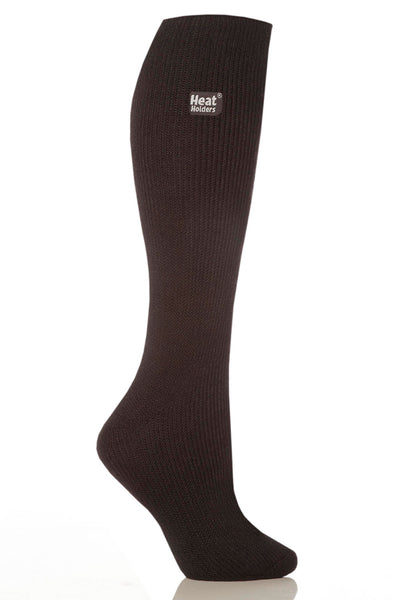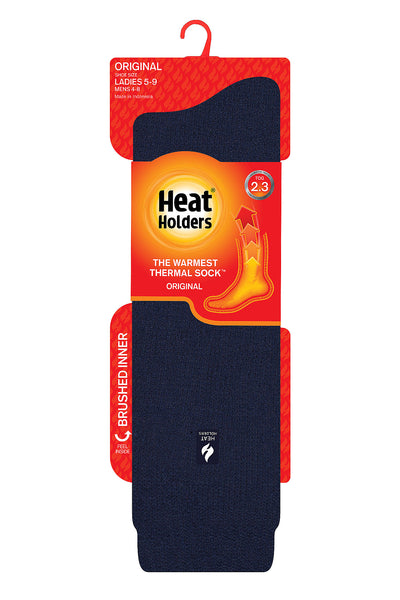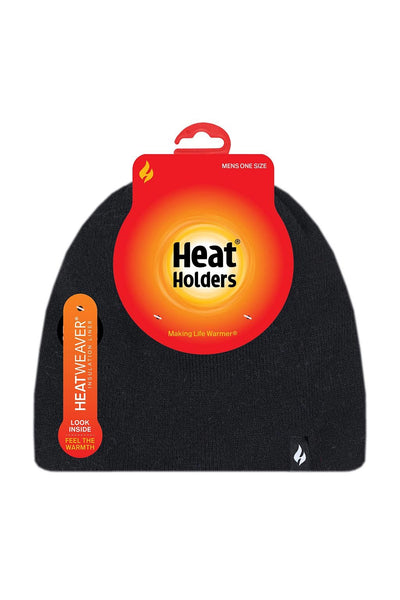Extreme cold weather conditions can be challenging to endure, especially if you don't have the right gear. Whether you're planning a winter hike, going skiing, or simply confronting a harsh winter climate, having the appropriate clothing and equipment is crucial. This ultimate guide will provide you with the information you need to make an informed decision when choosing your extreme cold weather gear.
Understanding the Importance of Extreme Cold Weather Gear
Extreme cold weather gear serves as a vital barrier between your body and the elements. It not only keeps you warm but also protects you from hypothermia and frostbite. Understanding the key aspects of cold weather gear will help you make the right choice.
When venturing into extreme cold environments, it is crucial to prioritize your safety and well-being. The frigid temperatures can be unforgiving, and without proper gear, you risk exposing yourself to serious health risks. That's why investing in high-quality cold-weather gear is essential.
But what makes extreme cold weather gear so effective? It's all about the insulation.
The Role of Insulation in Cold Weather Gear
Insulation is a critical factor in extreme cold weather gear. It traps heat and prevents it from escaping, keeping your body warm. The insulation acts as a shield, creating a barrier between you and the freezing temperatures outside.
There are various types of insulation materials available, each with its unique properties and advantages. Down feathers, for example, are renowned for their exceptional warmth-to-weight ratio. They provide excellent insulation while remaining lightweight and compressible.
On the other hand, synthetic fibers offer great insulation even when wet, making them ideal for wet and humid conditions. They are also hypoallergenic and easier to maintain compared to natural materials like down.
Fleece, a popular choice for mid-layer insulation, provides warmth and breathability. It traps air effectively, creating a cozy microclimate around your body.
When choosing the insulation material for your cold weather gear, consider factors such as weight, compressibility, moisture resistance, and the specific conditions you'll be facing.
How Weather Conditions Influence Gear Choice
Weather conditions play a significant role in determining the type of gear you need. The severity of the cold, wind speed and moisture levels should all be considered when selecting your cold weather gear.
If you're planning to explore a region with bone-chilling temperatures, you'll want gear that offers maximum insulation and protection. Look for garments with multiple layers and advanced technologies that can withstand extreme cold.
Wind speed can intensify the cold, making it feel even colder than the actual temperature. In such cases, windproof outer layers become crucial to prevent the chilling effect of wind chill. These outer layers are designed to block the wind while allowing moisture to escape, keeping you both warm and dry.
Moisture levels, whether from precipitation or sweat, can significantly impact your comfort and safety in extreme cold. Moisture-wicking fabrics and breathable materials are essential to keep you dry and prevent the accumulation of sweat, which can lead to chilling and discomfort.
By understanding the weather conditions you'll be facing, you can make informed decisions about the gear that provides the appropriate level of protection. It's always better to be over-prepared than under-prepared when it comes to extreme cold weather.
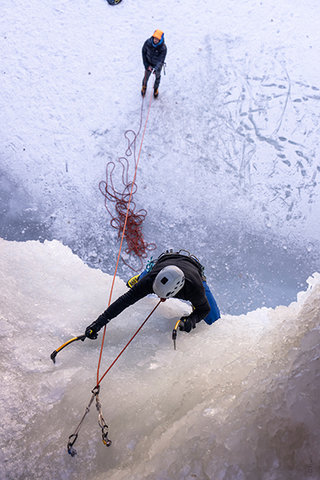
Key Features to Look for in Extreme Cold Weather Gear
When choosing cold weather gear, specific features should be taken into account to ensure optimal performance and comfort.
Extreme cold weather conditions require gear that can withstand the harshest elements. Whether you're planning a winter camping trip, embarking on a mountaineering expedition, or simply braving the cold during your daily commute, having the right gear is essential for staying warm and protected.
Material and Construction
The material and construction of your gear affect its durability and performance. Look for gear made from high-quality materials that are both waterproof and windproof. Insulation is also a key factor to consider, as it helps to trap and retain body heat. Synthetic materials like polyester and nylon are commonly used for their excellent insulation properties and ability to wick away moisture.
When it comes to construction, pay attention to details such as reinforced stitching, sealed seams, and sturdy zippers. These features not only enhance the durability of the gear but also prevent cold air and moisture from seeping in. Additionally, gear with reinforced areas in high-wear zones, such as elbows and knees, can provide extra protection and longevity.
Fit and Comfort
Proper fit is crucial for comfort and optimal functionality. Look for gear that allows for layering without restricting movement. A good fit ensures that the insulation is evenly distributed and that there are no gaps for cold air to penetrate. Consider gear with adjustable features like hoods, cuffs, and waistbands, as they allow you to customize the fit to your body shape and preferences.
Comfort is also influenced by the design of the gear. Look for features such as articulated knees and elbows, which provide better mobility and flexibility. Padded or reinforced areas in high-impact zones, such as the seat and shoulders, can help alleviate pressure points and enhance overall comfort.
Durability and Lifespan
Cold weather gear is an investment, so durability and lifespan should be considered. Look for gear made from durable materials that can withstand extreme conditions. Pay attention to the denier rating of fabrics, as a higher denier indicates a stronger and more durable material. Additionally, consider the reputation of the brand and read customer reviews to get an idea of how well the gear holds up over time.
Proper care and maintenance also play a role in extending the lifespan of your gear. Follow the manufacturer's instructions for cleaning and storage, and make sure to address any repairs or damages promptly. Regularly inspect your gear for signs of wear and tear, and consider reapplying waterproof coatings or treatments to maintain its performance.
Remember, investing in high-quality cold-weather gear is essential for your safety and comfort in extreme conditions. By considering the material and construction, fit and comfort, as well as durability and lifespan, you can ensure that you're well-prepared for any cold-weather adventure that comes your way.
Different Types of Extreme Cold Weather Gear
Choosing the right gear for extreme cold weather involves understanding the different types available and their respective functionalities.
When it comes to braving extreme cold temperatures, having the right gear is crucial. The biting cold can be unforgiving, and without proper protection, you could be putting yourself at risk for frostbite and hypothermia. In this guide, we will explore the different types of extreme cold weather gear that are available to help you stay warm and comfortable in even the harshest conditions.
Jackets and Coats
Jackets and coats are essential for protecting your upper body from the cold. They act as a shield, keeping the frigid air at bay and trapping your body heat within. When choosing a jacket or coat for extreme cold weather, there are several factors to consider.
First and foremost, insulation is key. Look for options that offer high-quality insulation, such as down or synthetic materials like PrimaLoft. These materials provide excellent warmth while remaining lightweight and compressible.
Additionally, a waterproof outer shell is crucial to keep you dry in snowy or wet conditions. Look for jackets and coats with a durable water-repellent (DWR) coating or a waterproof membrane like Gore-Tex. These features will help prevent moisture from seeping in and compromising your warmth.
Adjustable hoods and cuffs are also important features to consider. They allow you to customize the fit and seal out cold drafts, ensuring maximum warmth and comfort.
Boots and Footwear
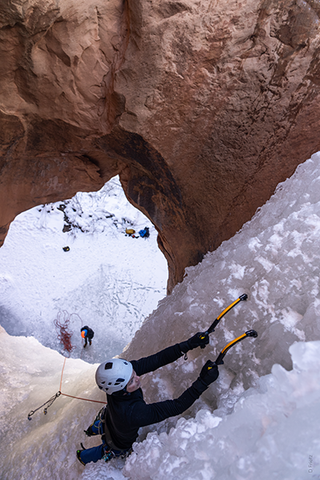
When it comes to extreme cold weather, your choice of footwear can make all the difference in keeping your feet warm and dry. Cold feet can be not only uncomfortable but also dangerous, as they are more susceptible to frostbite.
Look for boots that provide insulation, waterproofing, good traction, and proper ankle support. Insulation is crucial for keeping your feet warm, and options with Thinsulate or similar materials are highly recommended. Waterproofing is essential to keep your feet dry, as wet feet can quickly become cold and uncomfortable.
Good traction is vital when navigating icy or slippery surfaces. Look for boots with a rubber outsole that offers excellent grip, ensuring stability and preventing slips and falls.
Proper ankle support is also important, as it helps prevent injuries and provides stability when walking on uneven terrain. Look for boots with a supportive design and features like padded collars and ankle straps.
Gloves and Hand Protection
Protecting your hands from the extreme cold is crucial, as frostbite can occur within minutes in freezing temperatures. Choosing the right gloves can make a significant difference in keeping your hands warm and maintaining dexterity.
Consider gloves or mittens with proper insulation, such as those made with Thinsulate or fleece lining. These materials provide excellent warmth while allowing your hands to breathe.
Water repellency is another important feature to look for in gloves. Wet gloves can quickly become cold and uncomfortable, so opt for options with a waterproof or water-resistant outer shell.
Touchscreen compatibility is a convenient feature to have, especially in today's digital age. Look for gloves that allow you to use your smartphone or other touchscreen devices without having to remove them.
Additionally, consider gloves with features like adjustable wrist straps or drawcords to help seal out cold air and ensure a snug fit.
By understanding the different types of extreme cold weather gear and their respective functionalities, you can make informed decisions when it comes to choosing the right gear for your needs. Remember, investing in high-quality gear is essential for staying warm, comfortable, and safe in extreme cold weather conditions.
Care and Maintenance of Your Cold Weather Gear
Maintaining your cold-weather gear is essential for prolonging its lifespan and performance.
Cleaning and Storing Your Gear
Follow the manufacturer's instructions for cleaning your gear. Properly store it in a cool, dry place to prevent damage from insects, moisture, and sunlight.
Regular Inspection and Repair
Regularly inspect your gear for any damage or wear and tear. Take care of repairs promptly to ensure your gear remains in optimal condition.
Making the Right Choice: Factors to Consider
Choosing the best extreme cold weather gear involves considering your personal needs and various other factors.
Personal Needs and Preferences
Consider the specific activities you'll be undertaking, your activity level, and your tolerance to cold. Additionally, take into account factors such as ventilation, pockets, and additional features that align with your preferences.
Budget Considerations
Gear quality often comes at a price. Define your budget and prioritize the features that are most important to you. Remember that investing in high-quality gear will provide better protection and longer durability.
Brand Reputation and Reviews
Research various brands and read customer reviews to get a better understanding of the quality and performance of the gear. Look for brands with a reputation for producing reliable and durable products.
Conclusion
Choosing the best extreme cold weather gear requires careful consideration of various factors, including insulation, weather conditions, key features, gear types, care and maintenance, personal needs, budget, and brand reputation. By taking the time to understand your requirements and weighing the available options, you can select gear that will keep you warm, comfortable, and protected in even the harshest winter environments.






